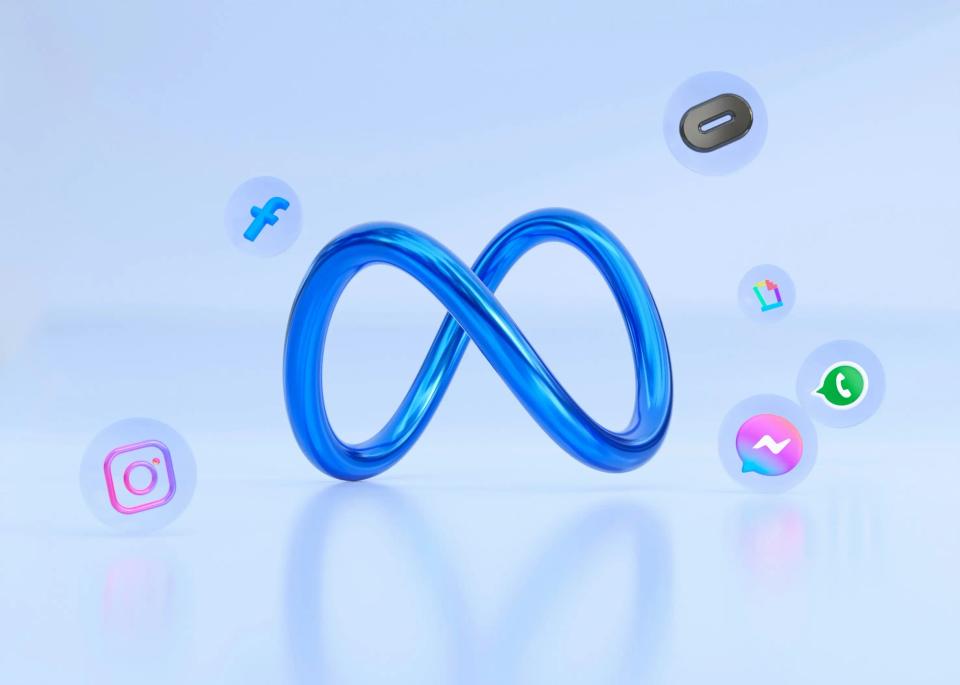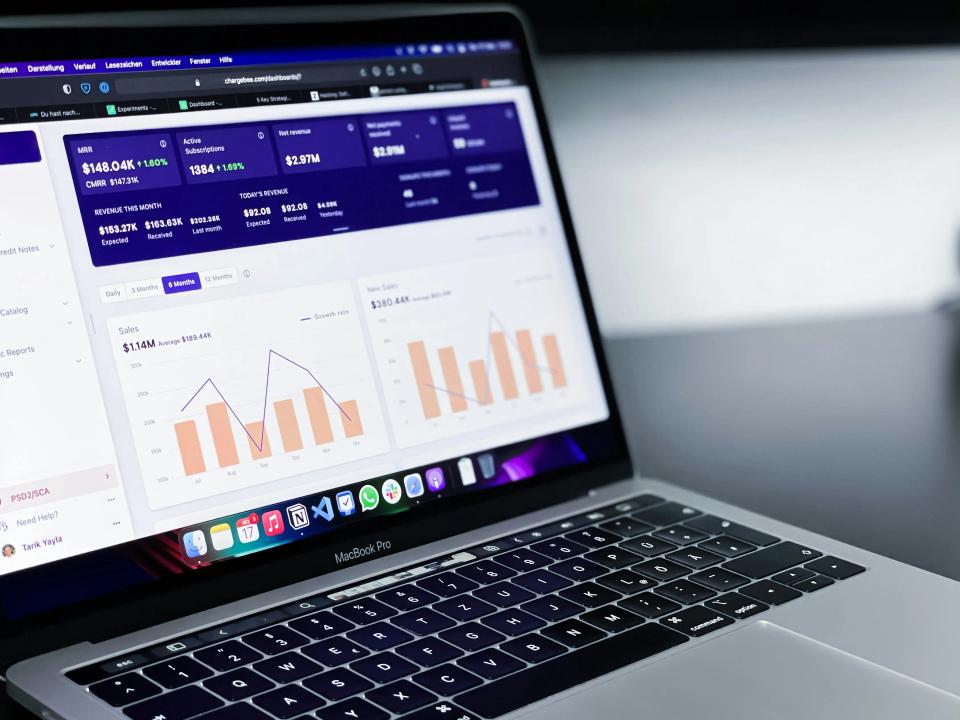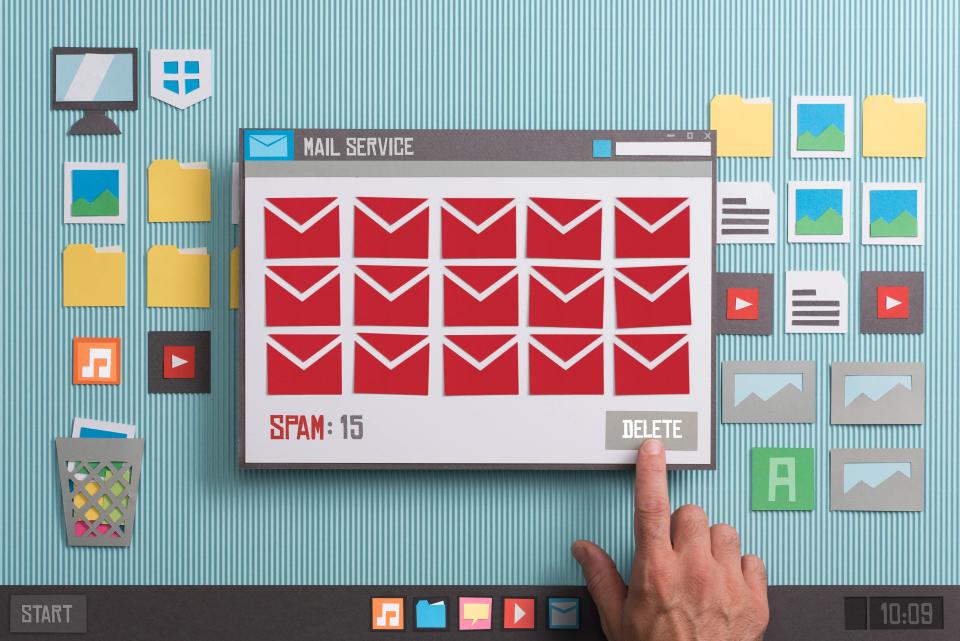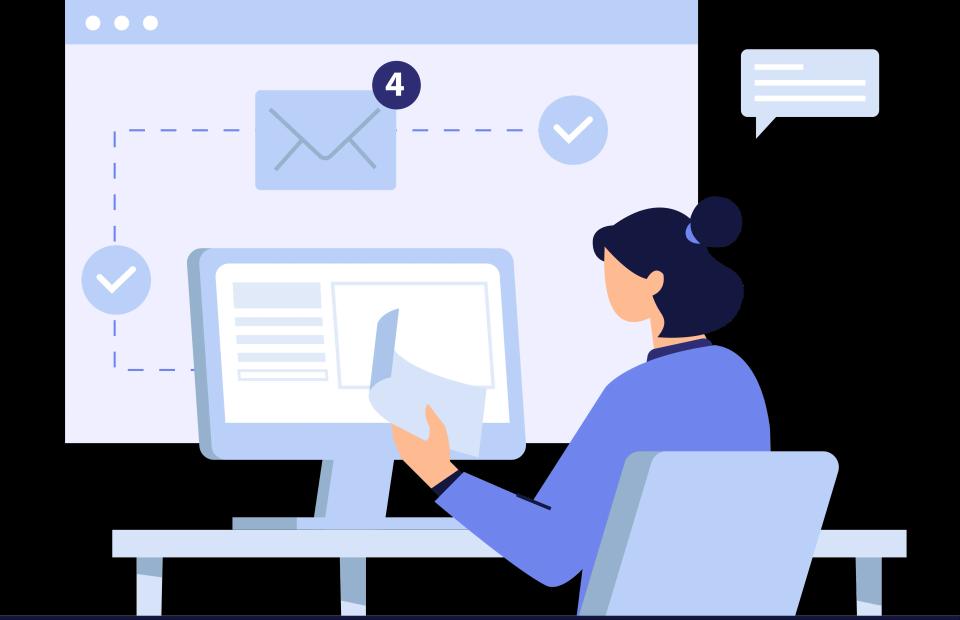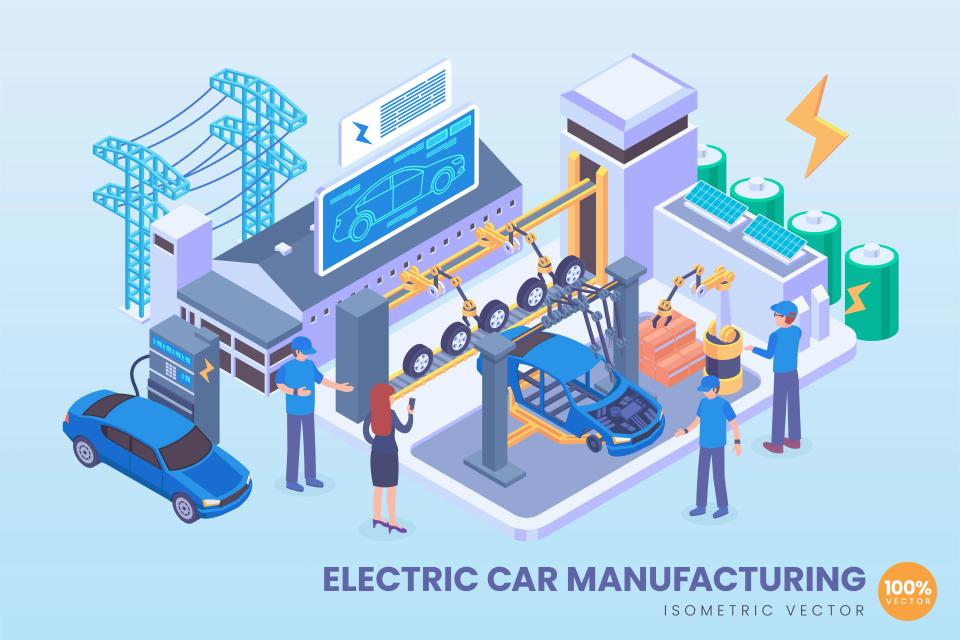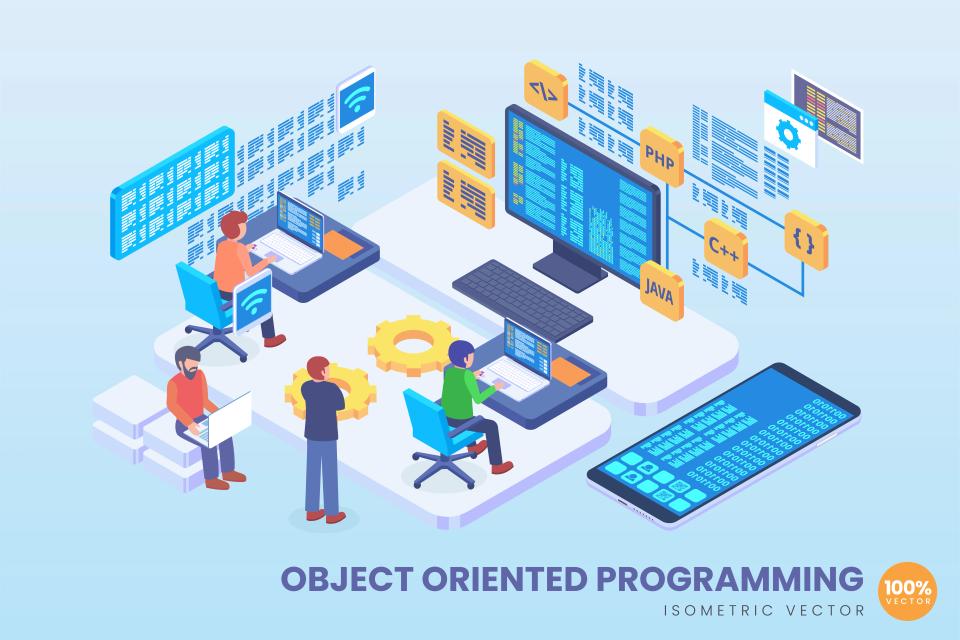Let’s be honest. Your tech is brilliant. It’s innovative, disruptive, and poised to change the game. But right now, it’s a secret weapon gathering dust, known only to you, your co-founders, and maybe your investors. You’re facing the brutal reality every startup founder knows: without a predictable, scalable way to get in front of the right people, even the best product will die on the vine.
You’ve seen the alternatives. Pouring your precious seed funding into the black hole of paid ads feels like setting cash on fire. Content marketing is a slow, grinding marathon that takes months, even years, to pay off. You need customers now. You need a direct line to the decision-makers who can write the checks and validate your vision, securing your company’s survival and proving your dominance in the market.
This is where the game changes. Strategic cold email outreach is your secret weapon—a powerful, direct, and shockingly cost-effective channel for building relationships and winning your first critical customers. Forget what you’ve heard about spammy, generic blasts. This is a tactical blueprint for cold email outreach for tech startups, designed to turn your inbox into a lead generation machine.
Why Cold Email is a Game-Changer for Tech Startups
Forget expensive marketing funnels for a moment. Imagine a direct channel where every dollar you spend is laser-focused on starting a conversation with a potential buyer. That’s the raw power of cold email. For early-stage companies, its cost-effectiveness is unmatched; Clearbit data reveals that targeted email outreach can yield 300-500% higher lead-to-customer conversion rates compared to social media ads at the same budget level.
This isn't about shouting into the void; it's about securing a private audience with the people who matter. Cold email gives you the power to bypass gatekeepers and speak directly to the founders, VPs of Engineering, and CTOs who feel the pain your software solves. In fact, research shows that 82% of high-level tech decision-makers actively engage with cold outreach when it addresses their specific technical challenges, giving you a direct path to influence.
Best of all, this isn't a one-off tactic; it's a scalable system for growth. Once you perfect your process, you can systematize and automate it, turning a trickle of leads into a predictable flood. According to Mailshake's 2025 industry analysis, startups using a refined system can generate 200-500 qualified meetings per month with minimal ongoing effort. This process also creates a priceless feedback loop, giving you real-time market intelligence on your product, pricing, and positioning straight from your ideal buyers.
Step 1: Building Your Foundation - The Pre-Outreach Strategy
Define Your Ideal Customer Profile (ICP)
Stop thinking about your customer in vague terms like "SaaS companies" or "mid-sized enterprises." That’s a recipe for ignored emails and wasted effort. For a tech startup, your Ideal Customer Profile (ICP) must be ruthlessly specific, focusing on the signals that scream, "I need your solution!"
It’s not just about their industry or company size. It’s about their current tech stack, the specific, quantifiable pain points your software eliminates, and critical buying signals. Are they hiring for a role your product makes obsolete? Did they just receive a new round of funding? According to Clearbit, startups that build their ICP around these deep, technical indicators achieve 47% higher reply rates than those using generic filters.
Your ICP is the strategic cornerstone of your entire campaign. It’s the difference between a message that feels like it was written specifically for one person and one that was clearly blasted to thousands. For a deeper look into building this profile, explore these foundational cold email outreach essentials for tech startups.
Building a Hyper-Targeted Prospect List
Once you know exactly who you’re looking for, it’s time to hunt them down. But this isn’t about building a massive, bloated list. It’s about quality over quantity—a sniper rifle, not a shotgun. A small, hyper-targeted list of 100 perfect-fit prospects will outperform a generic list of 10,000 every single time.
Use powerful platforms to find your targets. LinkedIn Sales Navigator helps you filter by technical roles and responsibilities, Crunchbase uncovers companies with fresh funding, and G2 can reveal who is actively researching your competitors. Then, use tools like Hunter or Snov.io to find and verify their email addresses, ensuring your message actually lands in their inbox. For startups on a tight budget, our comparative review of budget-friendly digital marketing tools can help you choose the right software.
The data doesn't lie: Lemlist reports a staggering 5-8x reply rate difference between well-researched lists and generic ones. This is the most critical work you will do. A pristine list is the foundation upon which your entire lead generation success is built.
Step 2: Crafting the Un-Ignorable Cold Email
The Subject Line: Your First Impression
Your subject line has one job: to get your email opened. It’s the gatekeeper to your entire message, and you have about three seconds to earn a click instead of a delete. The best practices are simple but powerful: keep it short, make it personal, and spark a flicker of curiosity.
Forget clickbait and spammy phrases. For tech startups, specificity wins. A subject line like `"Quick question about [Their Company's] tech stack"` or `"Idea for your Python microservices"` is infinitely more powerful than "Revolutionary new software." Analysis of millions of emails shows that subject lines referencing a specific technical challenge outperform generic ones by 37% in open rates.
Your goal is to sound like a helpful colleague, not a desperate salesperson. Frame your subject line to imply a benefit or offer a solution to a problem they are likely facing right now. This simple shift in framing can be the difference between being ignored and starting a conversation that leads to your next big customer.
The Opening Line: Make it About Them, Not You
Here’s the brutal truth: nobody cares about you or your company. They only care about themselves and their problems. Your opening line must immediately prove that you’ve done your homework and that this email is for them, not just another name on a list.
Start by referencing something specific you found during your research. Mention a recent company achievement, a blog post they wrote, a talk they gave at a conference, or even a comment they made on LinkedIn. An opener like, `"Saw your recent post on scaling your React components and had a thought..."` instantly builds rapport and signals that you aren't a robot.
This isn't just good manners; it's good business. HubSpot data shows that emails with a highly personalized opening line get 53% higher reply rates. You are demonstrating respect for their time by proving you invested your own. This simple act of validation makes them dramatically more likely to read on.
The Body: The Value Proposition & Social Proof
Now that you have their attention, you have to deliver. The body of your email must clearly and concisely connect their problem to your solution. Use a simple Problem-Agitate-Solve framework to structure your pitch.
First, state the problem you solve in a way that resonates with their reality. Then, use a powerful statistic or a mini-case study as social proof. Instead of saying "Our software is efficient," say, `"We helped a similar SaaS company reduce churn by 15% in 90 days by solving this exact issue."` This is one of the most crucial cold email strategies for startups because it replaces vague claims with concrete results.
Remember, technical audiences demand proof. According to Clearbit, 72% of engineering leaders will immediately seek to validate your claims by looking for documentation or case studies. Make it easy for them by linking to a technical blog post or a one-page case study that backs up your bold claim.
The Call-to-Action (CTA): Clear and Low-Friction
This is where most cold emails fail spectacularly. After a great pitch, they ask for too much, too soon. Asking for a "30-minute demo" from a complete stranger is like asking for marriage on a first date—it’s a huge commitment that invites rejection.
Your call-to-action must be clear, simple, and incredibly low-friction. You are not trying to close a deal in the first email; you are simply trying to get a response and confirm interest. The goal is to start a conversation, not book a meeting.
Instead of a high-commitment ask, try an interest-based question. Powerful examples include: `"Is solving [problem] a priority for you right now?"` or `"Would you be open to seeing a brief case study on how we did this?"` These simple, low-threat questions are easy to answer and are proven to generate significantly higher response rates from busy decision-makers.
Step 3: The Art of the Follow-Up: Persistence Without Being a Pest
Most outreach campaigns fail for one simple reason: a lack of follow-up. People are busy. Your first email might have landed while they were in a meeting, putting out a fire, or simply overwhelmed. Giving up after one attempt is leaving a mountain of money on the table.
The secret is a strategic follow-up sequence that adds value with every single touchpoint. You are not just "bumping" your email to the top of their inbox; you are providing new information, a different angle, or a helpful resource. This persistence shows you are serious while respecting their time.
Data shows that follow-up emails containing new technical insights or resources get 3 times more responses from engineering leaders than simple reminders. Your persistence pays off by demonstrating your expertise and commitment to solving their problem.
The Strategic Follow-Up Sequence
A well-crafted sequence can dramatically increase your chances of getting a reply. Here is a proven framework that provides value without becoming annoying.
- Email 2 (2-3 days later): Re-state your value proposition from a different angle. This time, include a link to a valuable resource they can use immediately, like a technical whitepaper, a benchmark report, or a relevant case study. The goal is to be helpful, not pushy.
- Email 3 (4-5 days later): This is the short and sweet "bump." A simple, one-line email like, `"Just wanted to make sure this didn't get buried. Any thoughts on the below?"` can often be the trigger that finally gets a response.
- Email 4 (7 days later): This is the "break-up" email. Politely close the loop with a no-pressure message like, `"Since I haven't heard back, I'll assume this isn't a priority right now. I'm leaving you with our deployment checklist in case it's helpful down the road. All the best."` This professional closing often sparks a reply and leaves the door open for future contact.
Step 4: Measuring Success: Key Metrics for Your Lead Generation Email Campaigns
Forget vanity metrics like open rates. While they can be interesting, they don't pay the bills. To truly understand if your lead generation email campaigns are working, you need to track the metrics that directly translate to pipeline and revenue.
Your success hinges on tracking engagement that signals real buying intent. Are people just opening your email, or are they taking the next step? This focus on meaningful action is what separates amateur outreach from a professional lead generation system.
By focusing on the right KPIs, you can systematically test and improve every element of your campaign. You can move from guessing what works to knowing with data-backed certainty. This is how you build a predictable engine for growth.
Key Performance Indicators (KPIs) to Track
Focus your attention on this critical quartet of metrics. They will give you a true picture of your campaign's health and effectiveness.
- Reply Rate: This is your most important top-level metric. It tells you if your subject line, opening line, and core message are compelling enough to warrant a response. A good benchmark for a highly targeted campaign is 5-10%.
- Positive Reply Rate: Not all replies are created equal. Dig deeper to see how many responses are from qualified leads expressing interest versus those who are saying "not interested." A high positive reply rate means your targeting and messaging are perfectly aligned.
- Meetings Booked / Demos Scheduled: This is the ultimate goal. Tracking how many initial replies convert into actual sales conversations is the true measure of your ROI. A meeting conversion rate of 1.5-3% from your total outreach is a strong sign of success.
- A/B Testing: You should constantly be testing. Pit one subject line against another. Test a direct CTA versus a soft CTA. Test different value propositions. Small, iterative tests are the key to unlocking massive performance gains over time.
Ready to Scale? How CaptivateClick Accelerates Your Lead Generation
This blueprint is powerful. Executed correctly, it will generate high-quality leads for your tech startup. But let's be realistic—executing it consistently takes time, focus, and expertise that founders and small teams simply don't have.
This is the bridge from DIY outreach to a professionally managed, predictable lead generation engine. CaptivateClick acts as your strategic partner, implementing this entire system for you so you can focus on what you do best: building your product and closing deals. We don't just send emails; we build the machine that fills your sales pipeline.
Our approach is built on three pillars of expertise tailored for tech companies:
- Email Outreach & LinkedIn Outreach: We build and execute data-driven campaigns using innovative B2B outreach techniques to secure qualified meetings for your sales team.
- Brand Strategy & Visual Identity: We ensure your brand's message is compelling and consistent across all touchpoints, making your outreach more credible and effective.
- Conversion Optimization: Once we get you the lead, we make sure your website and landing pages are optimized to convert them into customers.
Ready to build a predictable lead generation engine and fuel your startup's growth? Schedule a free consultation with a CaptivateClick strategist today.
Conclusion: Your Blueprint for Growth
You now have the tactical blueprint. The path to predictable lead generation is no longer a mystery. It’s a clear, step-by-step process built on a foundation of hyper-targeted list building, personalized value-driven copy, strategic follow-ups, and relentless, data-driven optimization.
This isn't just theory; it's a proven system. By embracing this framework, any tech startup can leverage the power of cold email to bypass the noise, connect directly with ideal customers, and achieve significant, sustainable growth. The power to fill your pipeline is in your hands.




